SingaporeMotherhood | Parenting
October 2016
When Looking Hot Ain’t Cool: Raising My Daughter in a Sexualised World
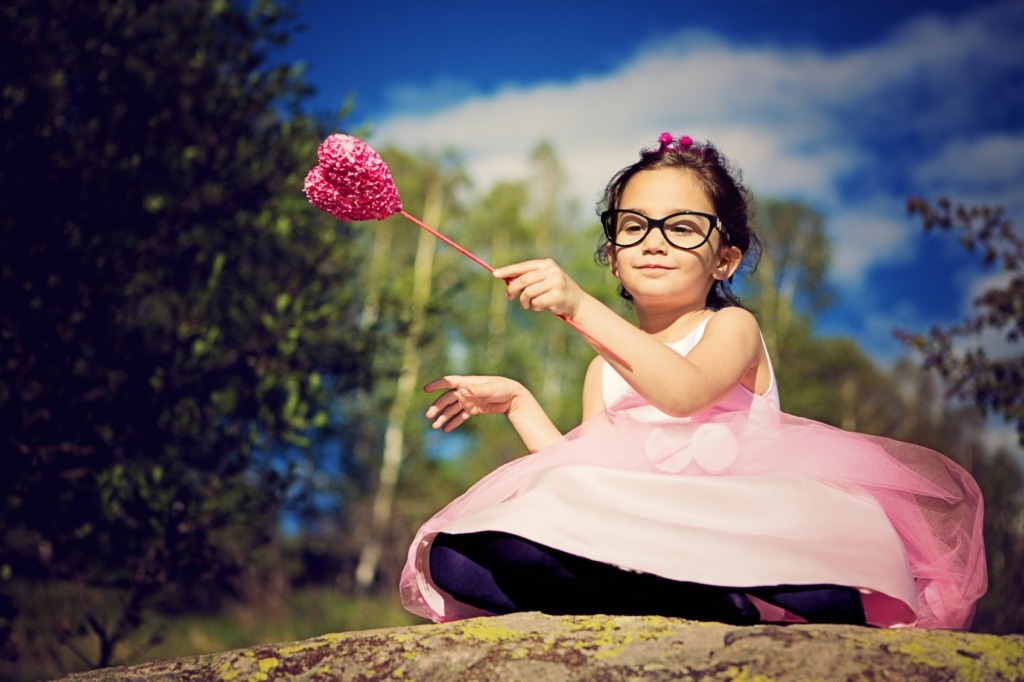
Sexualising young children happens everywhere, possibly at an increasing rate, no thanks to the influence of pop culture and the proliferation of social media. As parents, what can we do? Here’s what one mother has decided.
Her head is slightly tilted, and her wide, flirting eyes glance at you through mascara-ed eyelashes. Pouty lips smile coyly yet invitingly. Her buxomy figure is clad in a cleavage-revealing gown and her sleeves fall suggestively off her shoulders. In this image posted on her fan site, she looks set to sizzle in the bedroom. In case you’re wondering, I am not describing the cover girl of a men’s magazine − she is a princess in a colouring book which my three-year-old daughter had received as a gift.
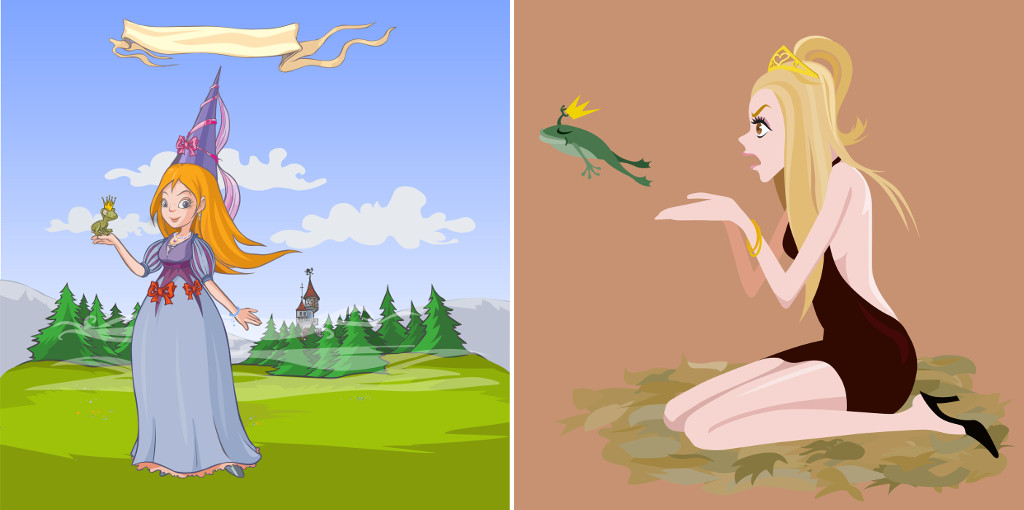
Flipping through the book, I realised that the princesses whom I had grown up with had been subtly “glammed up” (see their transformation here and here). They are not the only ones to lose their child-like innocence. Other characters from the 80s have also undergone sexy overhauls to keep up with their modern mini-skirt wearing counterparts.
[banner][/banner]
At a shopping mall stage show last December, I was appalled to find one such tomboy-turned-glamour-girl character talking about skincare, makeup, hairdo and dressing. At the same time, she was advising her audience of preschoolers on how to act like a princess.
I have thus far limited my daughter’s exposure to such characters. I believe that inappropriately sensual images and an over-emphasis on external “beauty” are unhelpful to her developing sense of body image and self-esteem.
(See also: Encourage a Healthy Body Image for your Child)
Negative effects of sexualising young children
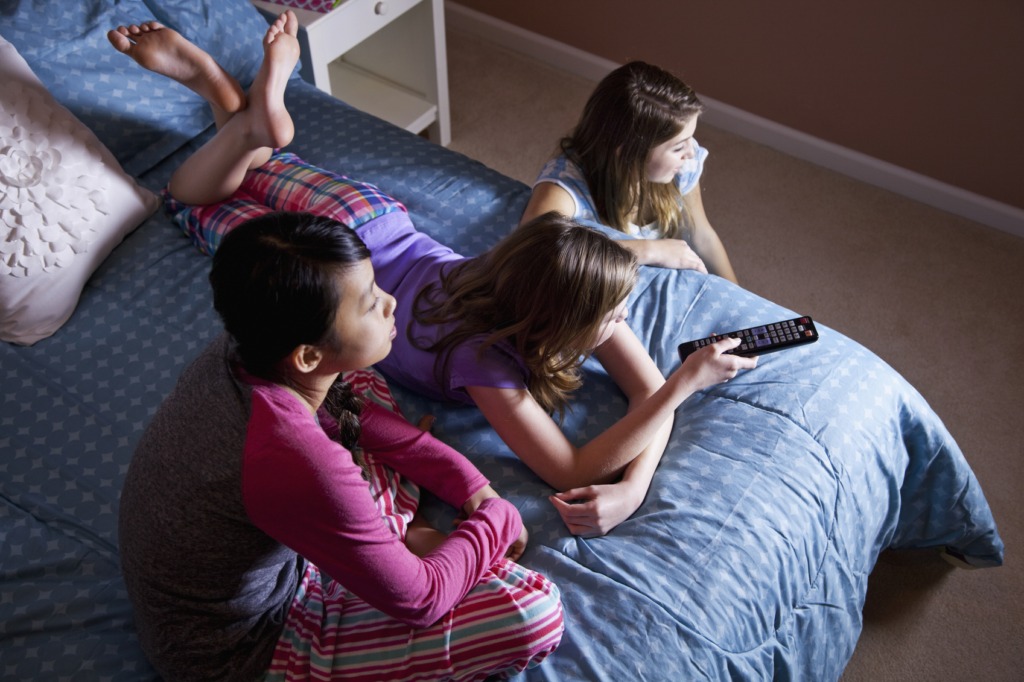
Parents and psychologists alike have raised the alarm over the sexualisation of our children through the media and pop culture. While developing an age-appropriate sexual awareness is normal and healthy, sexualisation of a child is not. According to the American Psychological Association’s report on the sexualisation of girls, sexualisation occurs when “sexuality is inappropriately imposed upon a person”, when “a person’s value comes only from his or her sexual appeal or behaviour, to the exclusion of other characteristics” or when “a person is sexually objectified”.
The report warns that “sexualisation has negative effects in a variety of domains, including cognitive functioning, physical and mental health, and healthy sexual development” of young girls.
Sexualisation is particularly damaging to young girls when they “equate physical attractiveness (narrowly defined) with being sexy”. When girls place an over-emphasis on outward appearances and link their self-worth to the way they look, there are risks. These include developing low self-esteem or eating disorders as they try to conform to society’s definition of beauty.
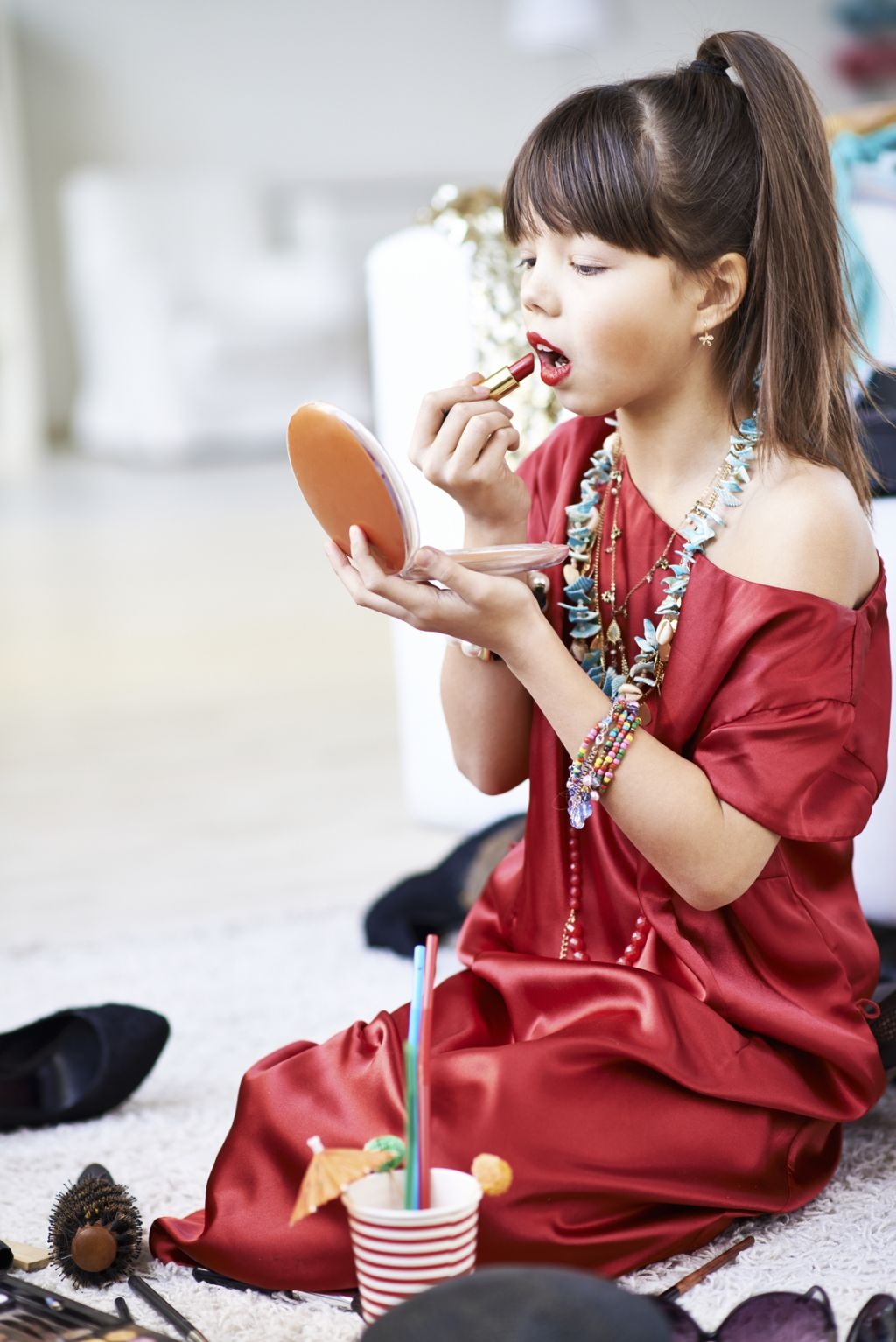
What is disturbing is that girls as young as six can become self-sexualised through exposure to sexy toys, images or role models in their environment. A study found that young girls preferred to dress seductively rather than stylishly but modestly. Possibly because they believed that their popularity and acceptance among peers is dependent on how sexy they look.
However, by dressing and behaving sensually, these girls become vulnerable to unwelcome attention from sexual predators lurking online, or males within their social circles. While we do not know the degree of sexualisation of the girls in the following reports, news of an unwed teenage pregnancy or that of a male teacher sexually grooming his 12-year old victim online before assaulting her are grim reminders of how things can go horribly wrong when our daughters trade their bodies for attention, acceptance and “love”.
(See also: 7 Ways to Ensure Your Child’s Internet Safety)
Protecting our daughters from sexualising influence
As my three-year-old grows in awareness of her surroundings, merely limiting her exposure to subliminal sexualising messages is insufficient to protect her. It is only a matter of time before she encounters selfies of sultry, pouty teenage girls on social media, pop stars gyrating suggestively and advertisements promoting the latest beauty trends.

Knowing that mothers play a key role in protecting our young girls from sexualisation, I am teaching my daughter the following:
1. Beauty is more than skin deep
I consciously avoid accessorising my daughter with tiaras, bracelets or necklaces. At the same time, I constantly remind her that we do not need pretty outfits to be beautiful. Instead, I tell her that true beauty comes from having a good character and praise her whenever she displays positive traits such as helpfulness, kindness or love.
2. Be comfortable in your own skin
Whenever we come across advertisements featuring women with dyed hair or coloured contact lenses, I explain that different people are born with different hair, skin, and eye colour. We look best in what we were born with and there is no need to change that. I assure my daughter that she is loved regardless of how she looks.
My little girl is now fascinated by how the numbers on a weighing scale change when she steps on it. When she asks to compare numbers when I weigh myself, I gamely step on. This demonstrates to her that it is natural and perfectly fine to weigh five times more when she grows up.
(See also: Shake That Little Booty!)
3. Protect your body
I do not wish to see my sweet little girl morph into a “hot chick” who finds gratification in being the object of men’s desire. While she may not yet understand how or why certain behaviours can make her vulnerable to sexual predation, I am teaching her to protect her body from “bad people” who may “bully” her.
I remind her to ensure that her skirt covers her knees when she sits and to close the door when toileting or bathing to protect her modesty. When she comes across advertisements featuring women in revealing clothes or sexually provocative poses, I explain to her that in so doing, these women “are not protecting themselves”. I also select my daughter’s clothes stringently and teach her to shun those with sensual-looking elements or images from pop culture.
(See also: 10 Essential Safety Tips All Parents Need to Teach their Children)
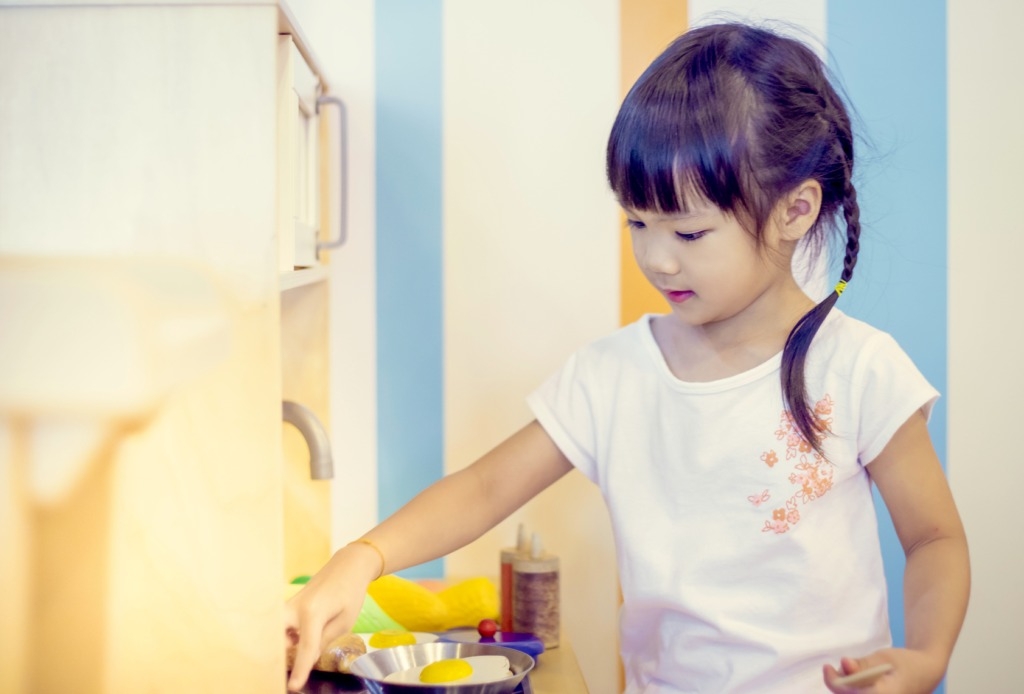
Through giving my daughter age-appropriate toys (think cooking sets and not hot sex), helping her to develop a healthy body image and providing parental guidance, I hope to equip her to make wise choices of her own as she grows up amidst this barrage of sexualising influences.
All content from this article, including images, cannot be reproduced without credits or written permission from SingaporeMotherhood.
Follow us on Facebook, Instagram, and Telegram for the latest article and promotion updates.





